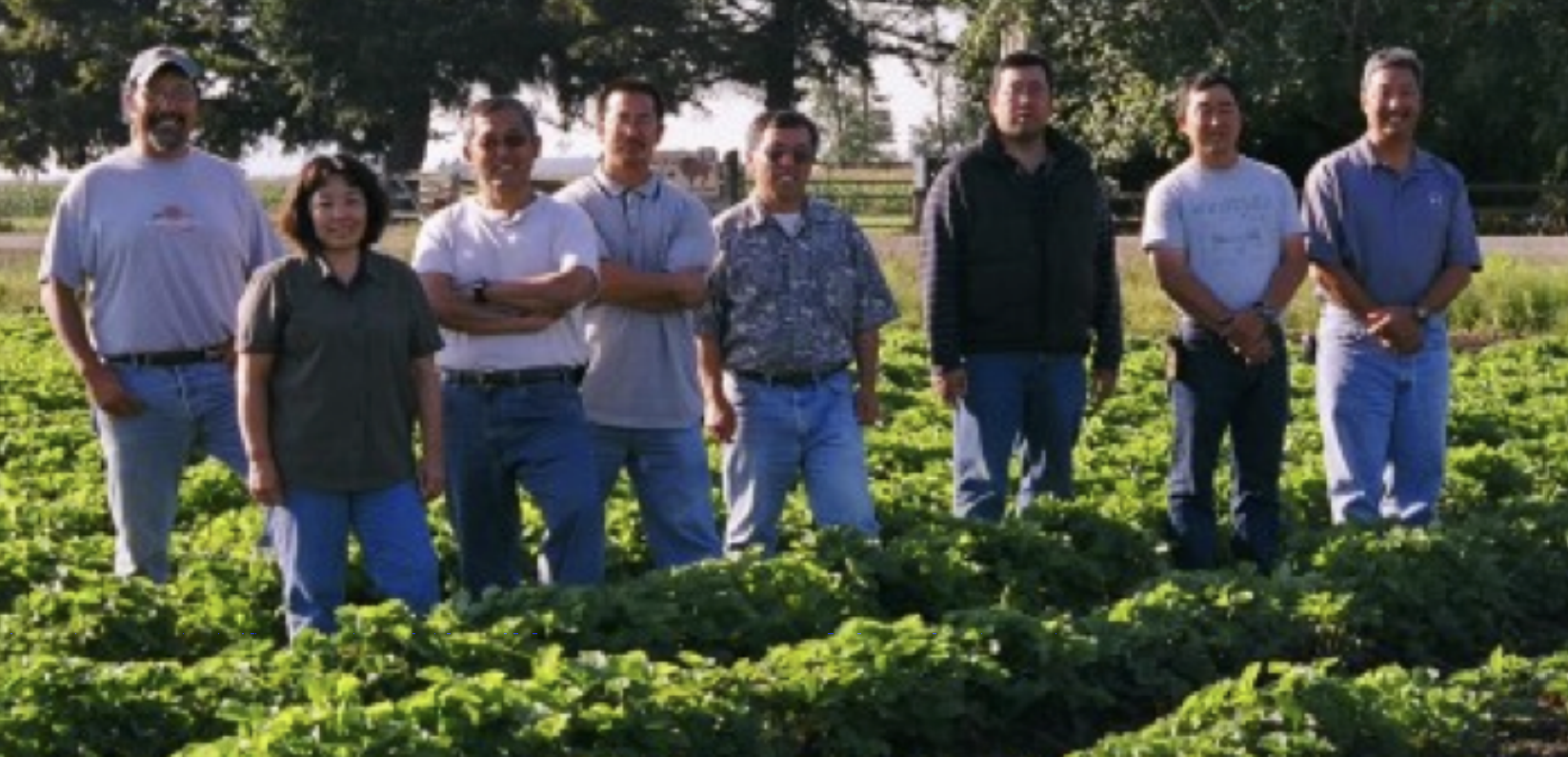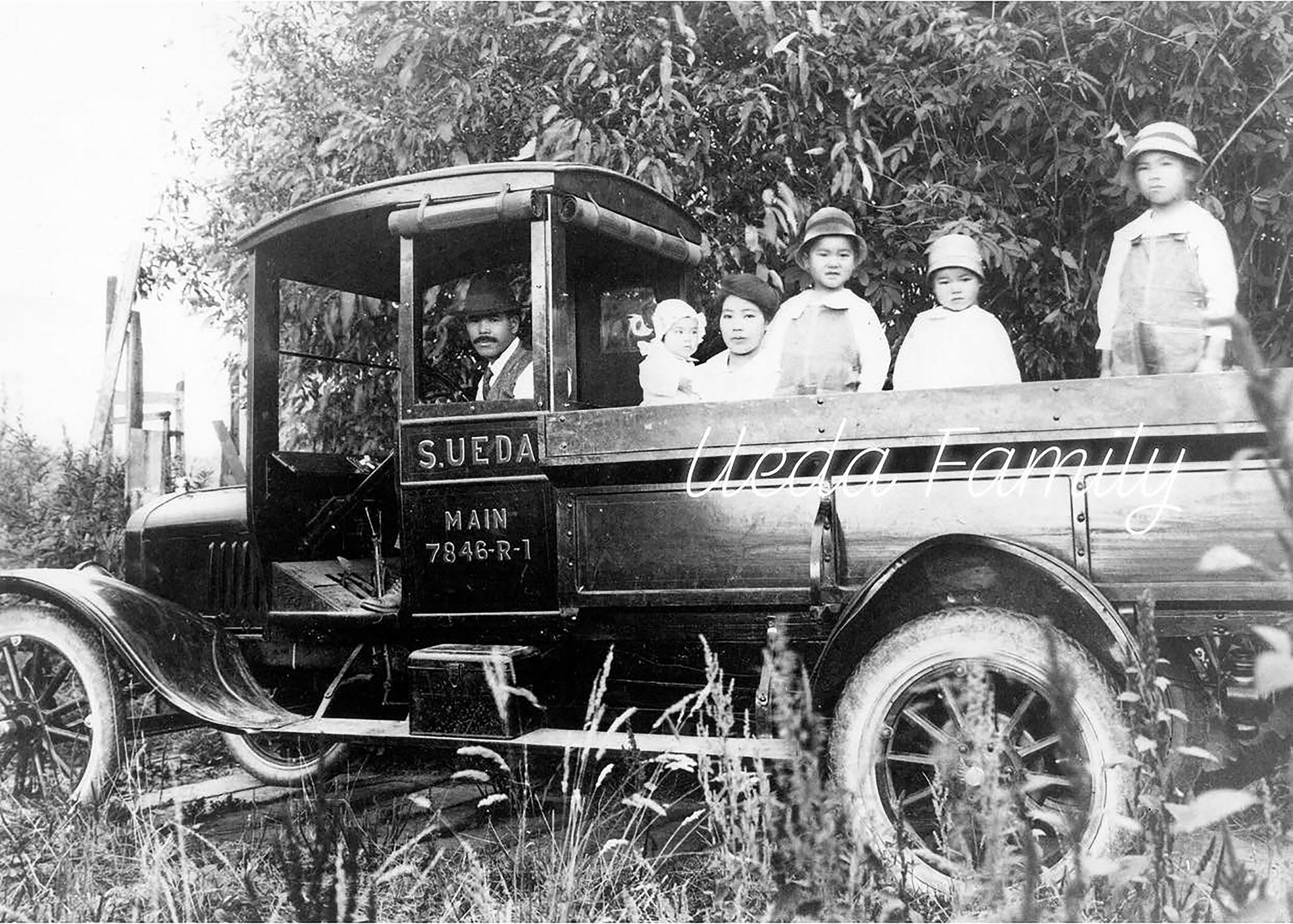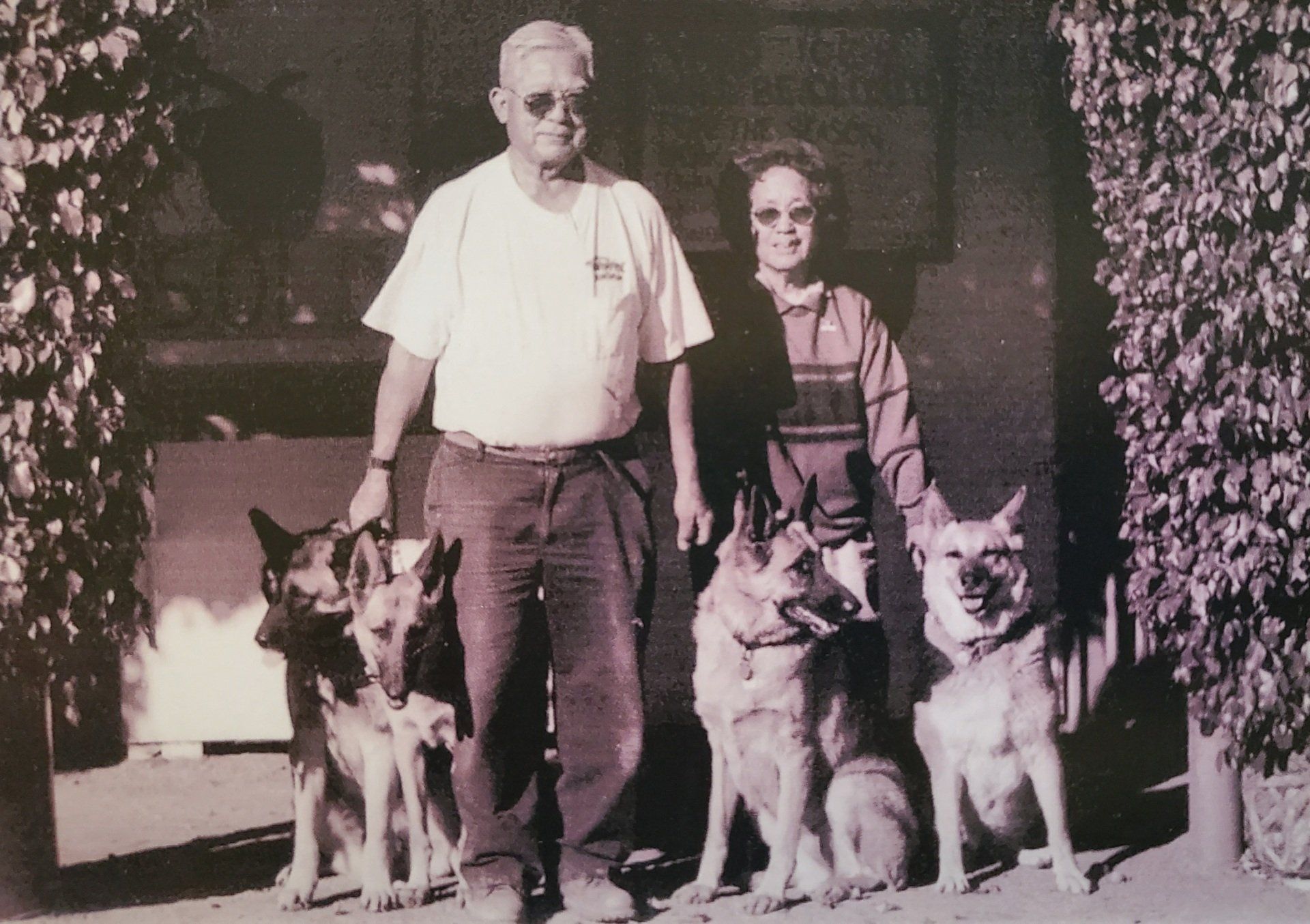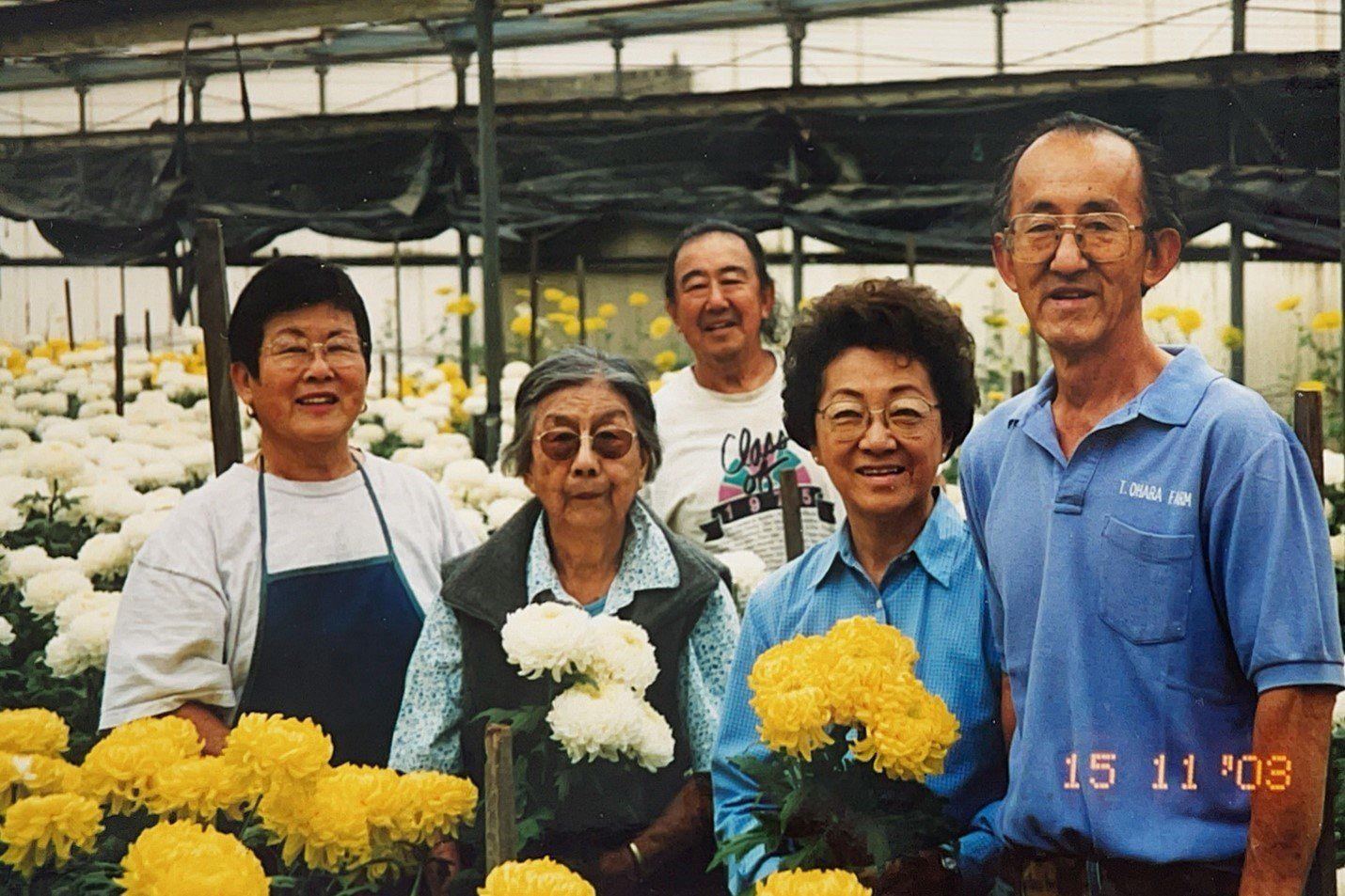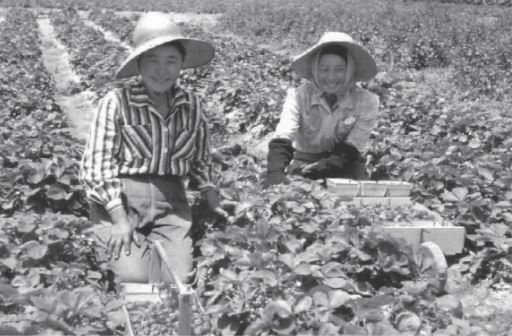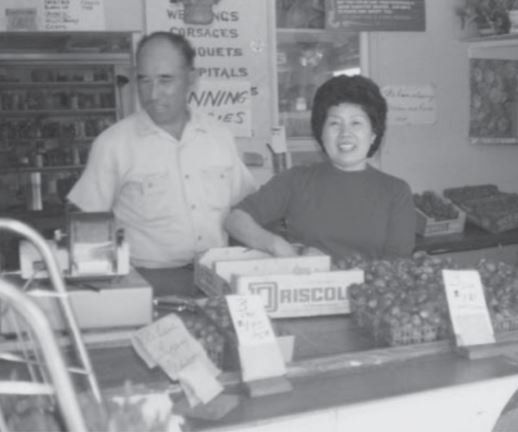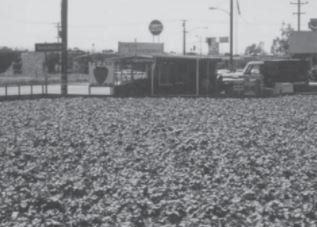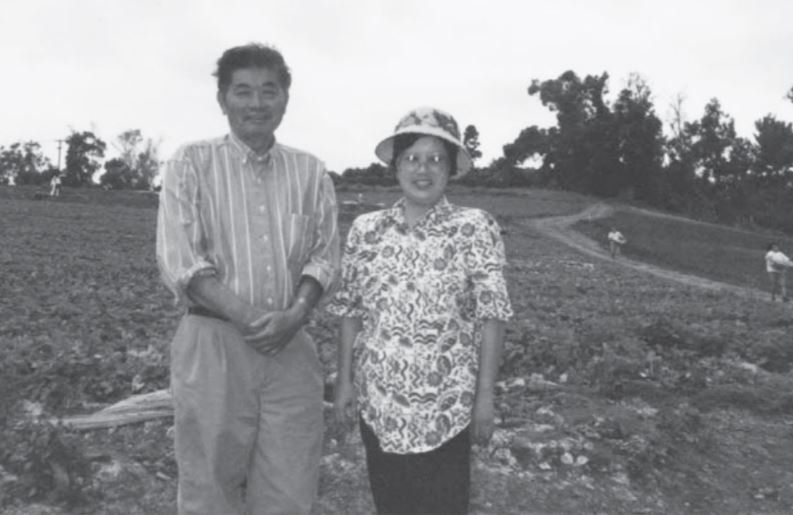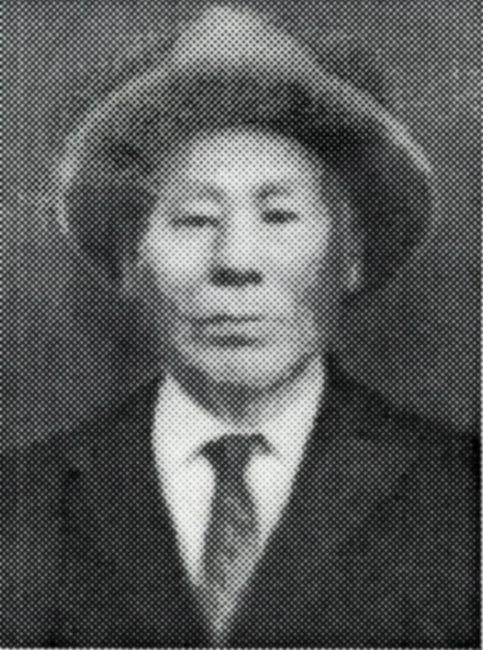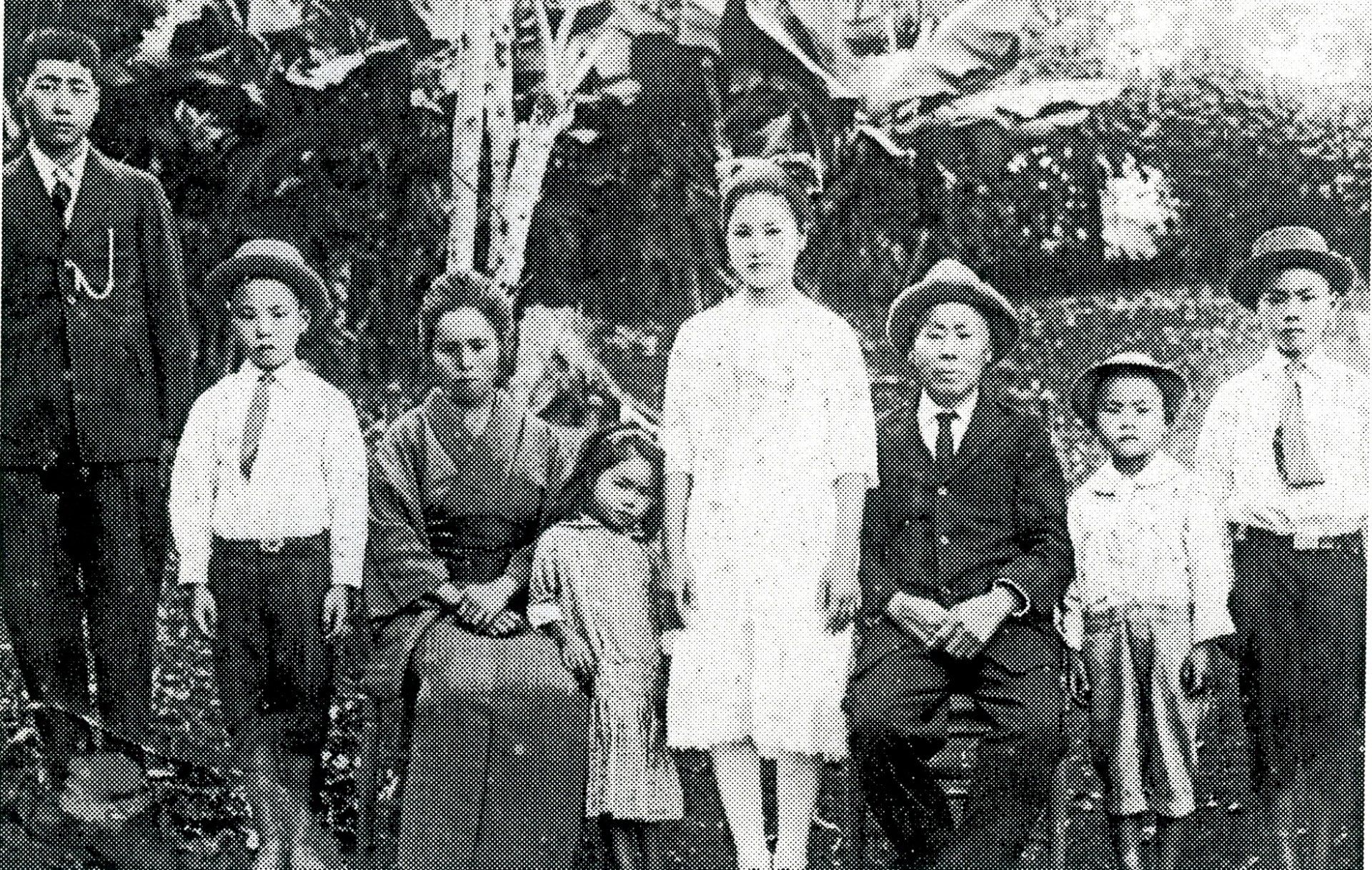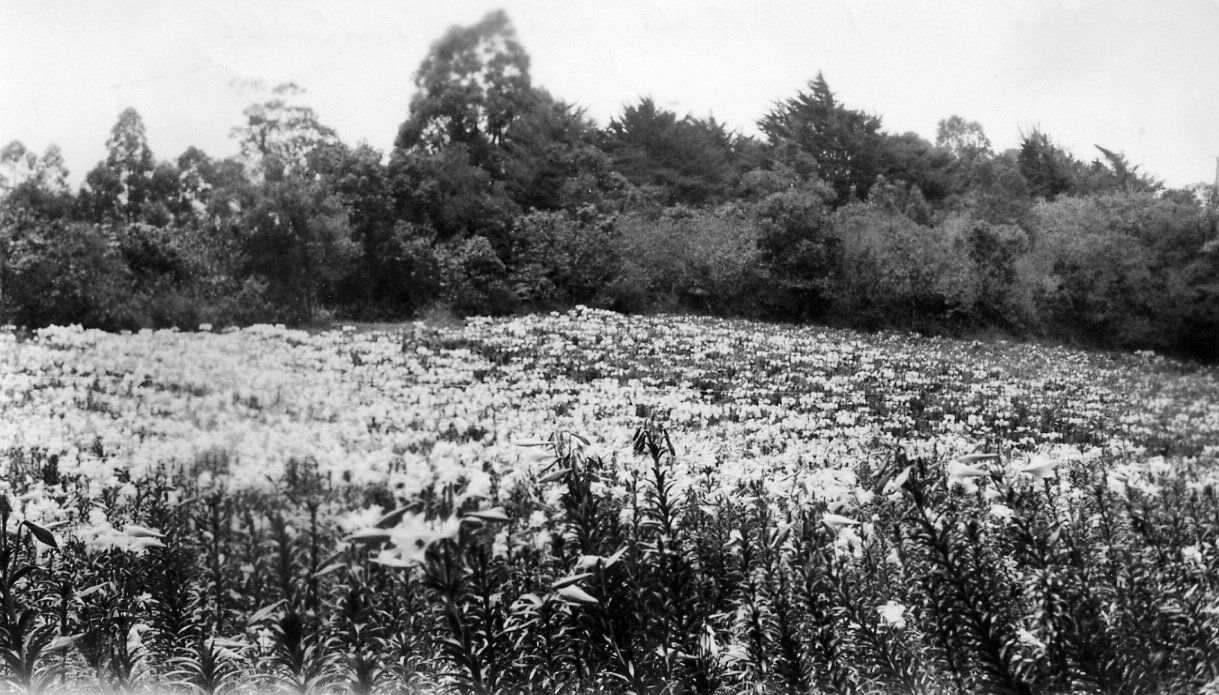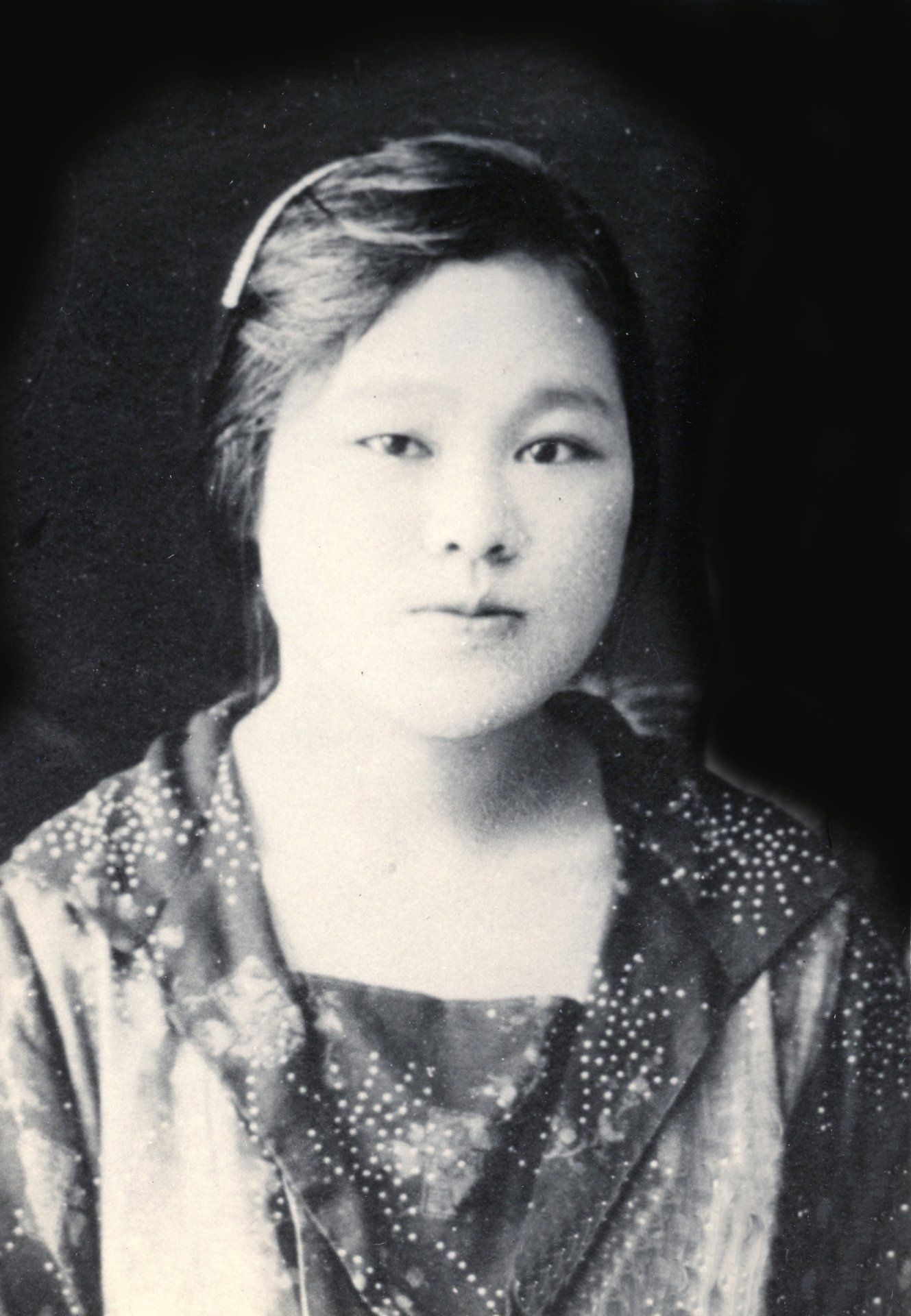Kawatachi Farm
Information edited from the family history by Patsy Sumie Kawatachi Saiki
Shukichi Kawatachi, the second son of Magobei Kawatachi, was born in Kameyama-mura, Asa-gun, Hiroshima-ken on in 1849. His elder brother, Sauemon, was born in1840. Being a second son, Shukichi knew that his elder brother would inherit the farm. Shukichi knew that by tradition he could help on the farm and be supported by his brother. However, his brother had five children, and Sauemon's eldest son who stood to inherit the farm from his father, had eight children, an overwhelming number of mouths to feed. Consequently, Shukichi left his father's farm to seek employment in various farms and businesses in Hiroshima. In the process, he became a jack-of-all-trades, but he became especially skilled in cutting down trees and making charcoal, which was in great demand in the 1800s. Charcoal making was a skill he brought with him to Hawaii.
Although the Hawaii State Archives kept a record of all Japanese contract laborers arriving in Hawaii beginning in 1885, there is no record of a Shukichi Kawatachi having immigrated to Hawaii from Japan. It’s possible the reason there is no record of Shukichi entering Hawaii is that in 1893, a group of thriving businessmen overthrew the Kingdom of Hawaii reigned over by Queen Liliuokalani. At that time, Hawaii had a labor contract signed by King Kalakaua and Emperor Meiji of Japan, which stipulated that Japanese workers were to be treated with justice and respect. Although the then U.S. President Grover Cleveland directed the newly formed Provisional Government of Hawaii to return the islands to the queen, the leaders, led by Sanford P. Dole, refused. Eventually, in 1898, Hawaii was annexed by the United States as a territory. Therefore, between 1893-1898, the islands were in a state of confusion and turmoil, transitioning from a kingdom to a republic to a provisional government and to a U.S. territory. Ships loaded with workers for the sugar plantations were accepted but not carefully recorded by the immigration office.
Shukichi was 43 when he married 19 year old Chise Okada in 1891. She gave birth to their first son, Yoshio in 1896. Shukichi was not able to see his son because the ship he sailed to Hawaii left before Yoshio was born. Chise was 27 years old when she left Japan without her 3 year old son who stayed behind with relatives. Records show she arrived in Hawaii on July 23, 1899 on the Ghyra Maru.
Shukichi was able to see his son for just one day 18 years later in 1903 after he sent him funds for a ticket to Hawaii. Unfortunately Yoshio contracted conjunctivitis during the passage and was not allowed to stay in Hawaii. On the return trip to Japan, Yoshio contracted tuberculosis and died two years later.
After their second son, Masao was born in 1900 in Papaaloa, Hawaii on the Hamakua Coast, Shukichi fulfilled the terms of his three-year contract with the Laupahoehoe Sugar Company Plantation and repaid the sugar company for his passage to Hawaii. He moved the family to a farmland in Ahualoa, a few miles from Honokaa. Shukichi soon fulfilled his lifelong dream of owning his own farm. The uncultivated land was full of grown lehua trees that he cut to make charcoal. He eventually raised potatoes, corn, green onions, cabbages, carrots, cucumbers and other vegetables. He had two tea bushes and a hill covered with coffee bushes. There were horses, cows, pigs, chickens, and often a goat or lamb as a pet.
Shukichi and Chise raised seven children who helped on their farm. While Shukichi worked on the farm, Chise walked three miles to Honokaa pulling a horse loaded with cucumbers, carrots, beans and cabbages to sell their produce. She was a shy person but buyers waited for her since her vegetables were fresh, and she charged much less than the other farmers. When her vegetables were gone, she would buy rice, salt, sugar, miso and other products she needed in their kitchen.
Shukichi died in 1923 at the age of 74, and Chise died in 1931 at age 59.
Their eldest surviving son, Masao chose to make his living in Honolulu so their second son, Gunji stayed on to farm the land. Gunji was born in Ahualoa in 1902. He married Masako Kono, who was from Japan and born in 1903. She was the oldest daughter of his father's friend. Gunji inherited the family farm and later expanded it to 50 acres by adding several adjacent parcels. He and Masako had nine children, eight girls and one son. Sadly, their son, Tatsuo passed away when he was just a few months old. They also lost their daughter, June when she was struck by a military vehicle during World War II while crossing the road in front of their home after getting off a school bus. Masako passed away in 1940 after giving birth to their ninth child, a daughter who was adopted by Gunji's older brother, Masao.
With the help of his six daughters the family grew Easter lilies, blue lilies, Irish potatoes, radishes, figs, cucumbers, cabbages, carrots, beans, won bok, asparagus, rakkyo and takenoko (bamboo shoots). Masako grew Japanese herbs, such as yomogi and sansho. There were two hills of bananas that produced so much fruit that they often left bunches of bananas on the roadside for people to come and help themselves. Gunji also raised chickens and built a henhouse in which he would leave a plastic egg so the hens would know where to lay their eggs. Chicken manure was collected and used to fertilize the soil. The farm had poha (groundberry) plants and peach, apple, orange, lemon, plum, avocado, kaki (persimmon), and jakuro (pomegranate) trees. Gunji sold his produce on Fridays in Honokaa, Haina, Paauhau and as far away as Paauilo.
After Gunji died in 1974 his family sold the farm.
Shukichi Kawatachi
Chise Kawatachi
1920 Left to Right: Gunji, Goro, Chise, Sumie, Ayame, Shukichi, Sadato, Jiro Kawatachi
(Masao was already working in Honolulu.)
Easter Lily Field
Ahualoa Farm House
1943-03-07 Left to Right: Beth, Clarice, Judy, Gunji, Jane, Jean, Sarah Kawatachi
Gunji Kawatachi
Masako Kawatachi, wife of Gunji

